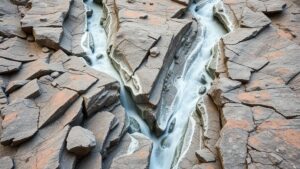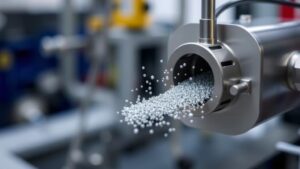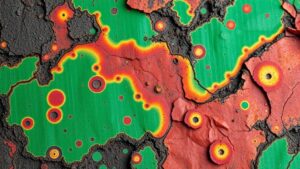Advanced Heap Bioleaching Techniques for Low-Grade Silver Ores
Advanced Heap Bioleaching Techniques for Low-Grade Silver Ores
Heap bioleaching is an environmentally friendly and economically viable method for extracting valuable metals from low-grade ores. As silver prices continue to fluctuate, finding efficient extraction techniques for low-grade silver ores is vital. Recent advancements in bioleaching technology present promising opportunities for enhancing recovery rates and reducing operational costs. This article delves into the advanced heap bioleaching techniques specifically targeted at low-grade silver ores.
The Process of Bioleaching
Bioleaching employs microorganisms to extract metals from their ores. The process involves biooxidation of the metal sulfides and silicates, leading to the dissolution of metals into a leachate. Microorganisms such as Acidithiobacillus ferrooxidans have been widely studied for their role in this process. e bacteria thrive in acidic environments and can oxidize ferrous iron to ferric iron, a powerful oxidizing agent that facilitates metal solubilization.
Types of Heap Bioleaching Techniques
Various heap bioleaching techniques have evolved, including:
- Conventional Heap Leaching: Involves stacking ore in heaps and irrigating with leaching solutions.
- Bioheap Leaching: Combines heap leaching with active microbial populations to enhance recovery.
- Staged Heap Leaching: Applies acid and microbial solutions in stages to optimize recovery over time.
Advantages of Advanced Techniques
The advantages of employing advanced heap bioleaching techniques include:
- Cost-Effectiveness: Lower operational costs compared to traditional methods as they require less energy and chemical inputs.
- Environmentally Friendly: Minimal environmental impact and reduced greenhouse gas emissions.
- Higher Recovery Rates: Enhanced performance in solubilizing metals from low-grade ores, which are often considered unprofitable by conventional methods.
Case Studies and Real-World Applications
There are several successful applications of advanced heap bioleaching technology in real-world scenarios. One notable example is the Algarrobo Project in Chile, which utilizes bioleaching for the extraction of silver from low-grade ores. The innovative use of indigenous microbial communities has led to recovery rates exceeding 70%, significantly increasing the projects economic viability.
Another prominent case is the Las Lagunas Project in the Dominican Republic, where a combination of bioleaching and conventional cyanidation is used. This hybrid approach improved silver recovery to 85%, showcasing the potential of combining methods to address ore variability.
Challenges and Considerations
Despite its benefits, several challenges remain in the implementation of advanced heap bioleaching techniques:
- Microbial Management: Maintaining optimal microbial populations can be challenging, particularly in varying environmental conditions.
- Solution Chemistry: The composition of leaching solutions must be carefully controlled to avoid precipitation of the metals.
- Time Requirements: Bioleaching processes can be slow, requiring extended periods for optimal metal recovery.
Addressing these challenges necessitates ongoing research and innovation in microbiology and process engineering to develop more robust systems for commercial application.
Conclusion and Takeaways
Advanced heap bioleaching techniques present an effective solution for the extraction of silver from low-grade ores. By leveraging microbial processes, the industry can achieve improved recovery rates while minimizing environmental impacts. The ongoing exploration of these technologies holds significant promise for the future of mineral extraction.
Actionable Takeaways:
- Consider integrating bioleaching into the extraction processes of low-grade silver ores.
- Invest in microbial research to enhance organism efficiency in metal recovery.
- Monitor and optimize leachate chemistry to improve overall recovery rates.


